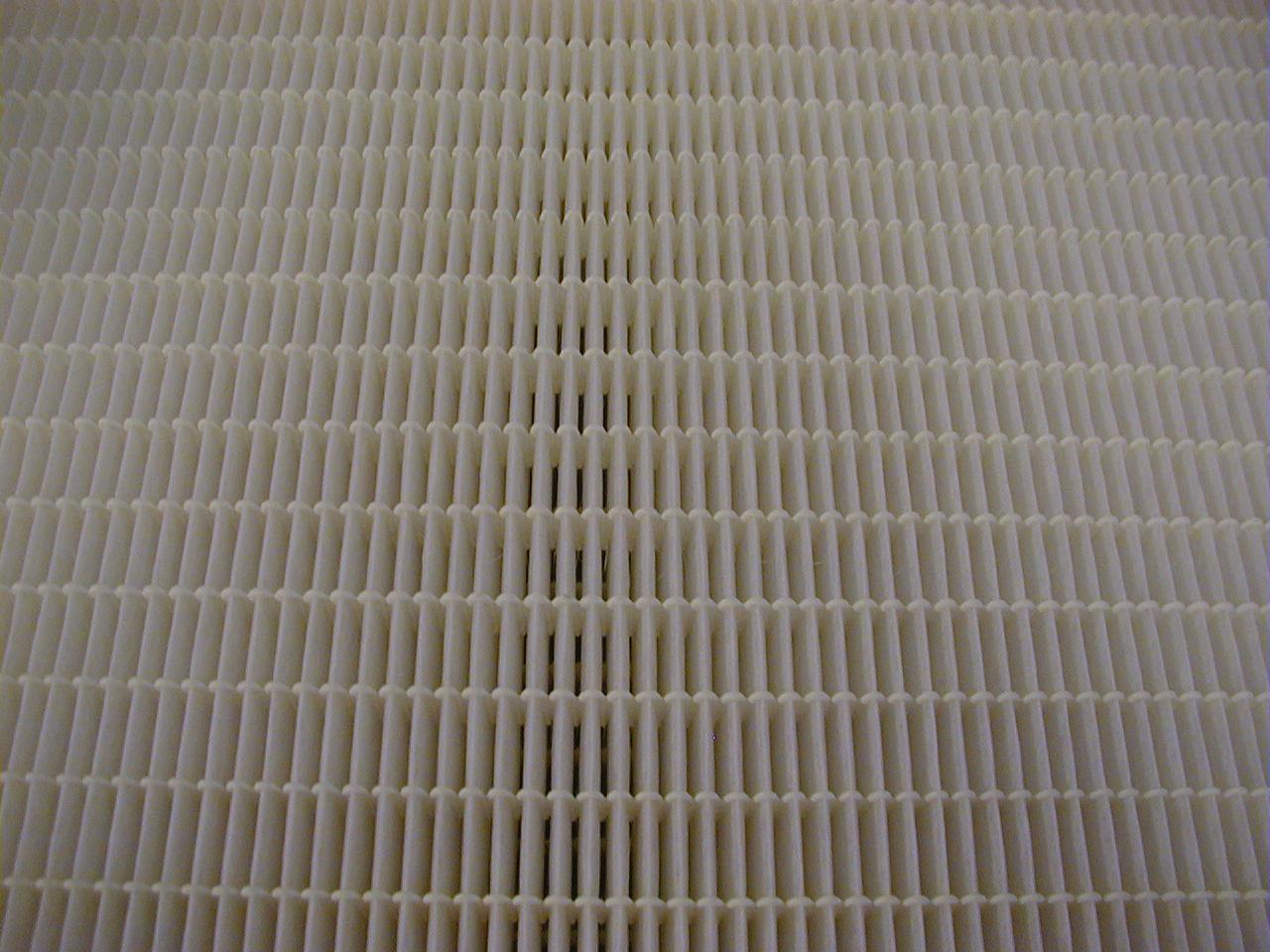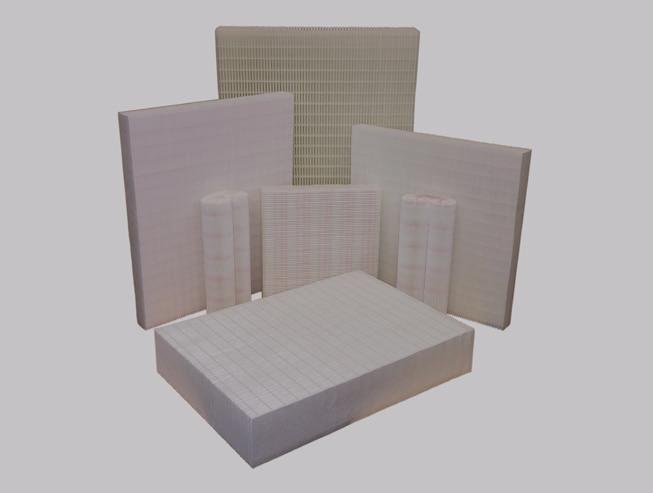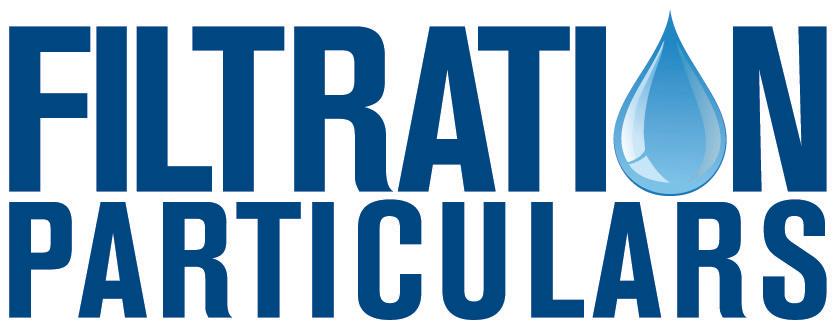
2 minute read
Healthier Homes, Efficient Buildings: The Role of Integrated IAQ Monitoring

Residential indoor environmental quality (IEQ) that encompasses indoor air quality (IAQ) is a critical factor influencing well-being, given that people spend a significant portion of their lives indoors. Integrating continuous IAQ monitoring into residential buildings is vital for both occupant health and building sustainability. For health, monitoring key pollutants like particulate matter (PM2.5), volatile organic compounds (VOCs), carbon dioxide (CO2), and humidity allows for the identification and mitigation of conditions that can trigger allergies, asthma, respiratory problems, and even impact cognitive function. Timely data enables interventions, whether manual or automated, to improve air quality. From a sustainability perspective, integrated monitoring facilitates smarter building operation. For instance, demand-controlled ventilation, driven by CO2 sensors, ensures sufficient fresh air intake when needed without the energy penalty of constant, excessive ventilation, thus optimizing energy consumption and reducing operational costs.
Incorporating IAQ monitoring directly into HVAC solutions is a logical and increasingly necessary step. HVAC systems are the primary means of controlling ventilation, filtration, and air conditioning; linking them directly with IAQ sensors creates a responsive system where air treatment is based on actual conditions, not just schedules or assumptions. Challenges include the initial cost of reliable, accurate sensors, the complexity of integrating sensors seamlessly with diverse HVAC control systems, ensuring longterm sensor calibration and maintenance, and effectively communicating IAQ data to occupants without causing undue alarm. However, the opportunities are immense. Going the extra mile includes integrating solutions that offer capabilities like automated ventilation adjustments, enhanced filtration activation during pollution events (e.g., wildfires), humidity control, real-time air quality feedback to occupants via apps or dashboards, and predictive maintenance alerts (e.g., filter replacement). Ultimately, integrating IAQ monitoring within HVAC systems leads to healthier indoor environments, enhanced comfort, greater energy efficiency, and more sustainable building operations.
About Sotirios Papathanasiou. He is a skilled expert with a passion for air quality and a unique ability to translate complex technical and environmental concepts into easily understandable information. With a background in electronic engineering and environmental issues, he founded “See The Air” to educate the public on air quality and pollution. Sotirios possesses a strong technical understanding of air quality monitoring technologies, focusing on sensing and quantification, coupled with keen analytical skills in the market, including forecasting and product evaluation. He also brings marketing acumen to the field. His expertise is further demonstrated through his involvement as an advisory expert in various air quality initiatives and his current leadership of the Global Open Air Quality Standards initiative, showcasing his blend of communication, technical, market, and leadership skills in the pursuit of improved air quality.
With our extensive knowledge in production of the innovative SOLTECH “Mini Pleat” Systems, and over 20 years of contract pleating with our revolutionary glue bead technology.


MINI-PLEAT-GLASS
Mini-Pleat: H.E.P.A., ULPA & ASHRAE
Pleat heights 1/2” to 12” upto 39” wide. Interrupted beads, many configurations.
MINI-PLEAT-SYNTHETIC
Mini-Pleat: H.E.P.A. & ASHRAE
Pleat heights 3/4” to 4” upto 25” wide. Interrupted beads, many configurations.
We can incorporate the following features in your elements: Edge Seal - allowing economical frame sealing Slitting/Perforating - multiple packs pleat Fire retardant glue











